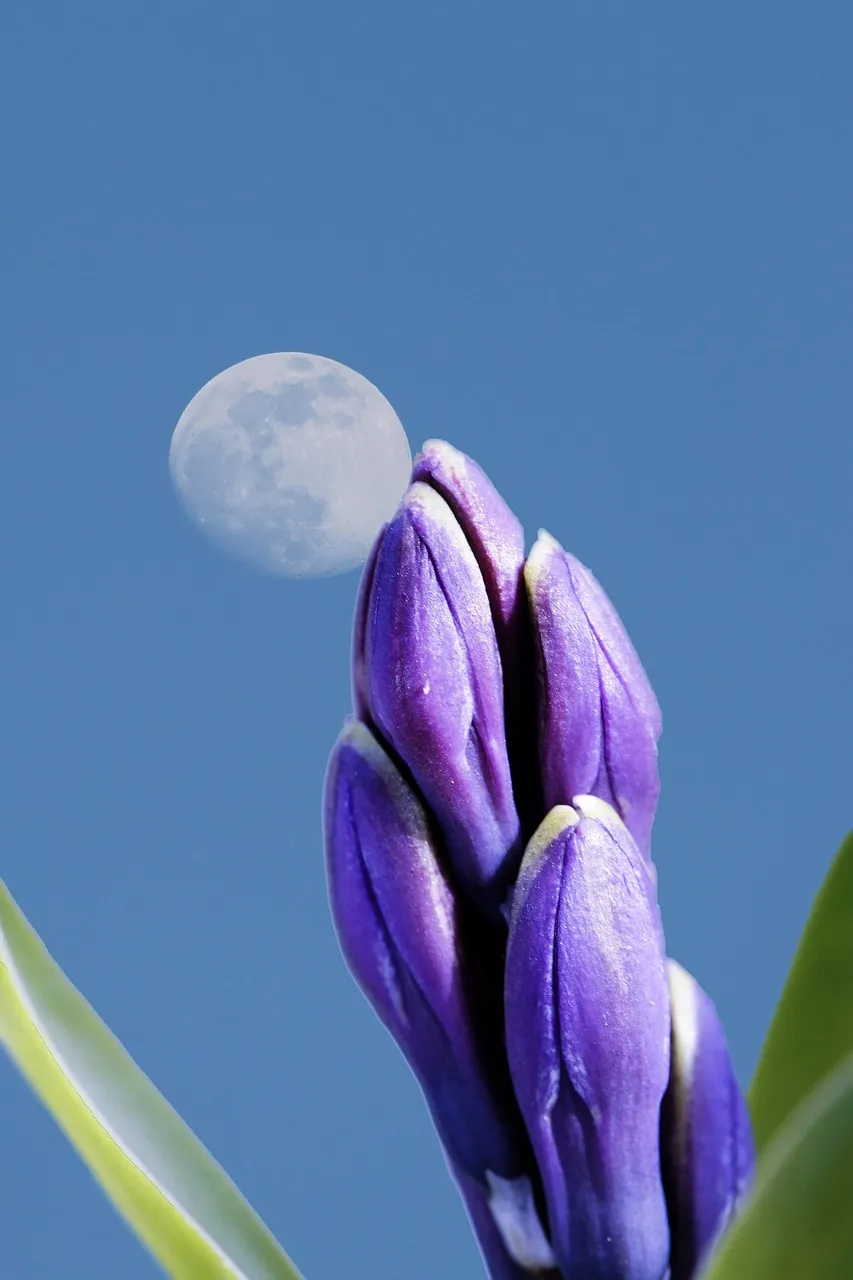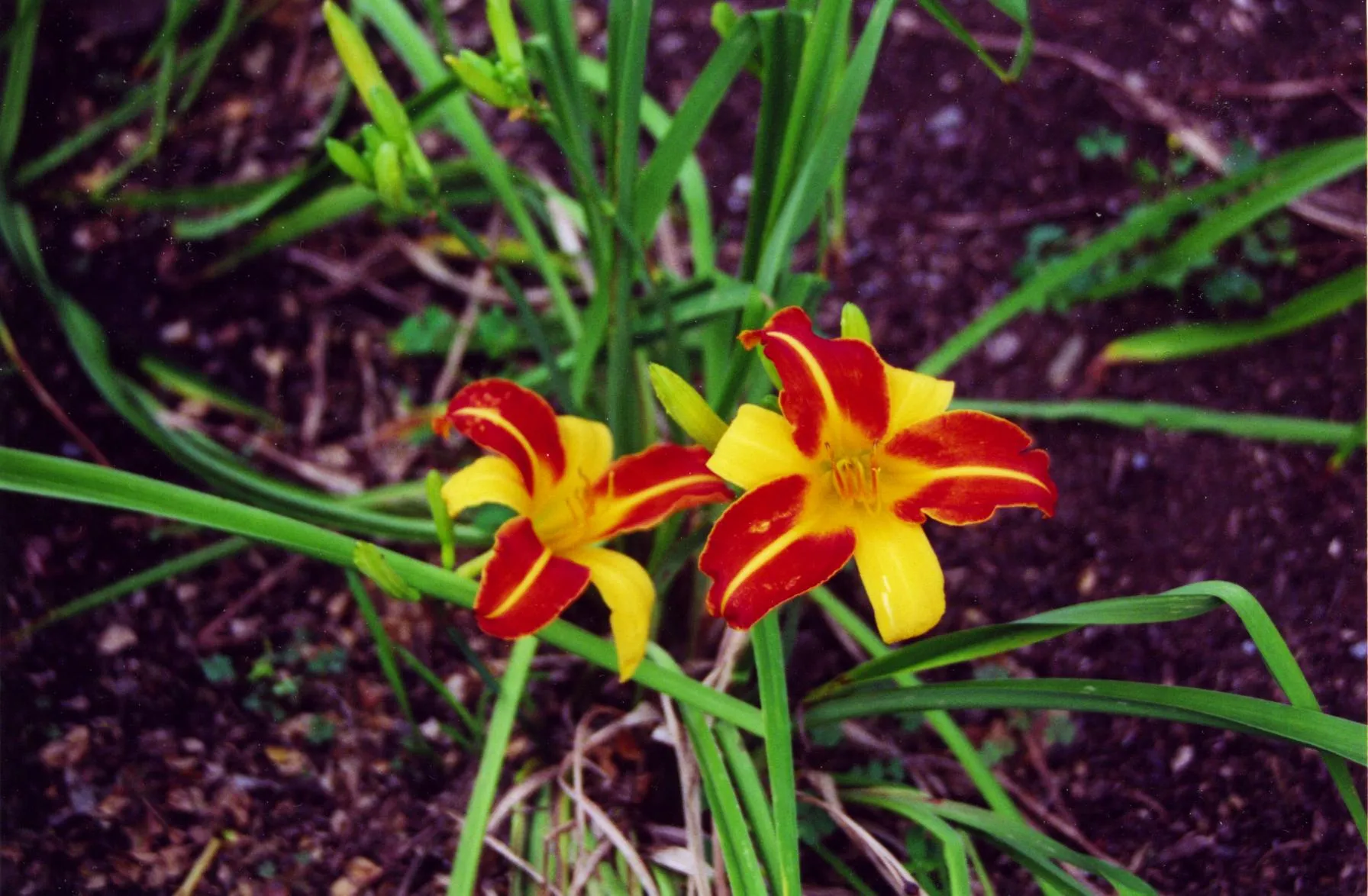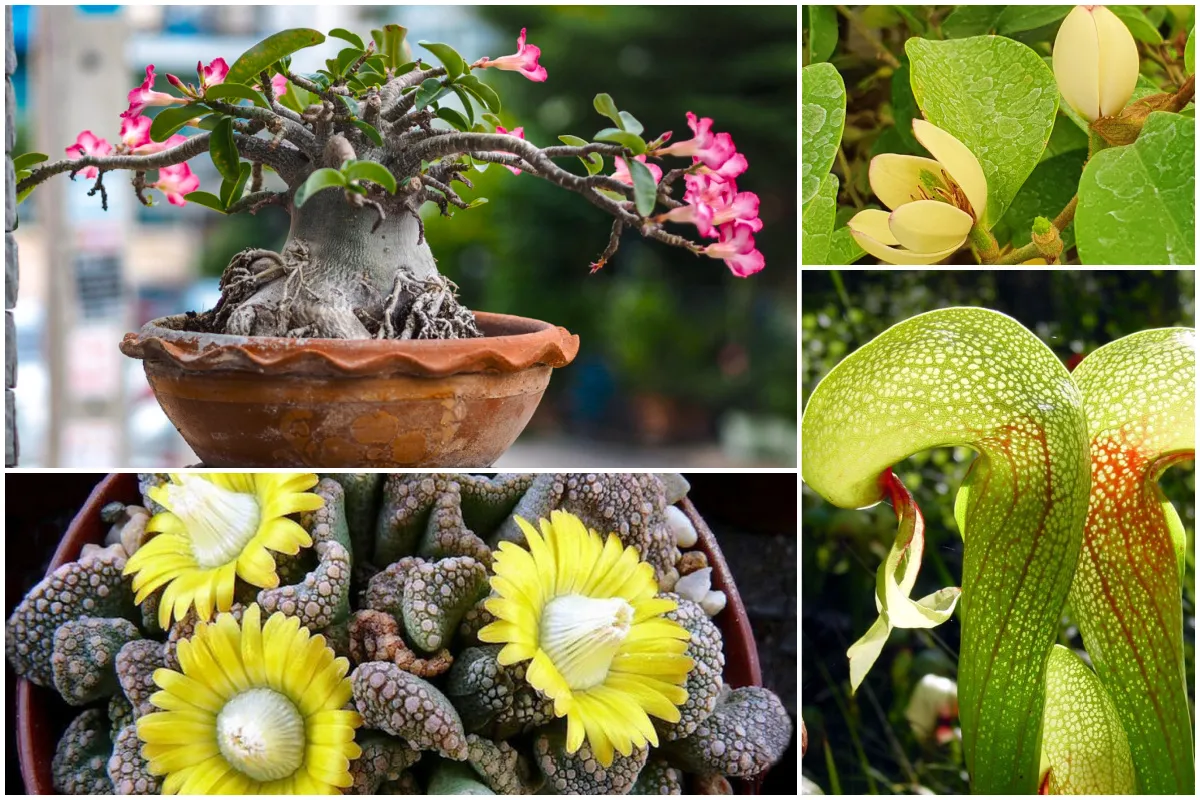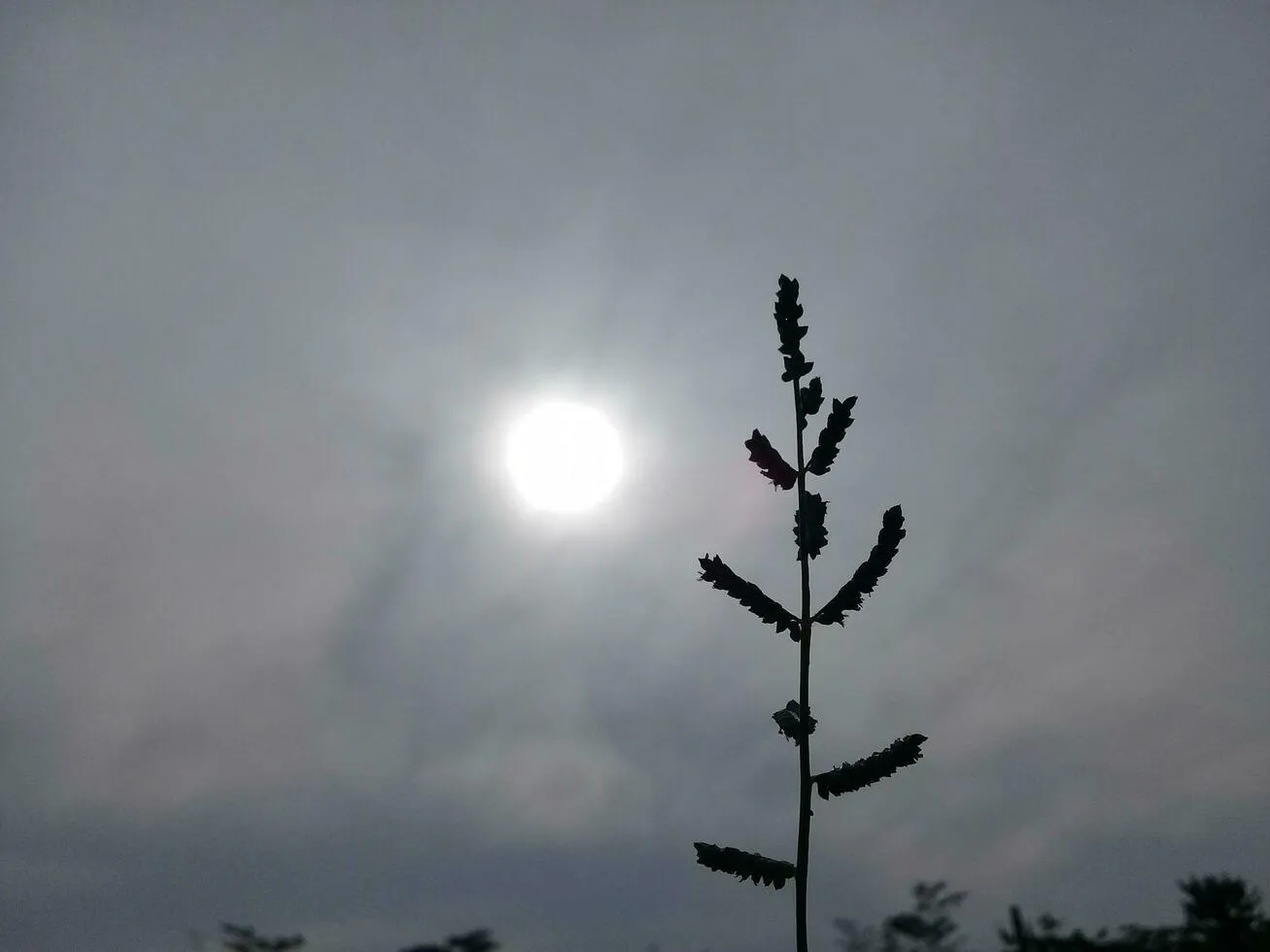The Honeymoon Plant: An Introduction
The Honeymoon Plant, scientifically known as Costus barbatus, is a fascinating tropical plant that has gained popularity among plant enthusiasts. Its unique characteristics, striking appearance, and relatively easy care requirements make it an excellent choice for both novice and experienced gardeners. This article will delve into the world of the Honeymoon Plant, exploring its origins, benefits, and how to successfully cultivate this beautiful species in your own home. Discover why the Honeymoon Plant is a captivating addition to any indoor garden, offering more than just aesthetic appeal and transforming spaces into vibrant, healthy environments.
What is a Honeymoon Plant?
The Honeymoon Plant is a perennial flowering plant native to the tropical regions of Central and South America. It’s known for its distinctive, cascading habit and vibrant, showy flowers that often bloom in shades of red, orange, or yellow. Unlike many other indoor plants, the Honeymoon Plant features a unique bract arrangement, which gives the flower a layered appearance. The plant’s name is derived from the long-lasting nature of its blooms, which create a visually stunning display for an extended period, offering enduring beauty and charm. It’s an ideal choice for those seeking to add a touch of tropical elegance to their living spaces.
Origin and Taxonomy

Belonging to the Costaceae family, the Honeymoon Plant is closely related to the ginger family (Zingiberaceae). Its scientific name, Costus barbatus, reflects its botanical characteristics, with ‘Costus’ indicating its genus and ‘barbatus’ referring to the hairy nature of its leaves and stems. This plant thrives in warm, humid environments, typically found in the understories of tropical rainforests. Understanding its origin provides insight into its care needs, helping you recreate its natural habitat within your home to ensure its healthy growth. This knowledge is essential for optimal plant health and the longevity of its blooms.
Key Characteristics of the Honeymoon Plant
Appearance and Features
The Honeymoon Plant is distinguished by its striking appearance. Its leaves are typically large, lance-shaped, and a rich green color, often displaying a subtle texture. The flowers, which emerge from cone-like bracts, are the true showstoppers. They come in a variety of vibrant hues, creating a dramatic contrast against the lush foliage. The plant has a cascading growth habit, making it ideal for hanging baskets or containers. This characteristic adds a visual interest, allowing the plant to gracefully drape over the edges, enhancing any space with its elegant form.
Growth Habit and Size

The Honeymoon Plant exhibits a vigorous growth habit under the right conditions. It can grow up to several feet in length, making it a substantial presence in any indoor setting. When grown in hanging baskets or elevated containers, its cascading stems create a visually appealing effect, adding depth and dimension to your home decor. Regular pruning can help maintain its size and shape, encouraging more prolific flowering. Proper care and attention to its needs ensure the plant flourishes, providing a captivating display.
Top 7 Benefits of the Honeymoon Plant
Air Purification Properties
One of the most significant benefits of the Honeymoon Plant is its ability to purify the air. Like many other plants, it absorbs harmful pollutants and releases fresh oxygen, enhancing indoor air quality. This natural air-purifying action helps to create a healthier living environment, removing toxins like formaldehyde and benzene. Placing a Honeymoon Plant in your home can contribute to reducing indoor air pollution, making your space cleaner and more pleasant to breathe. Its contribution to air purification is a substantial health benefit.
Stress Reduction and Mood Enhancement

The presence of plants has been proven to reduce stress and boost mood. The Honeymoon Plant, with its vibrant blooms and lush foliage, can have a positive impact on mental well-being. Studies show that being around plants can lower cortisol levels, the bodyu2019s main stress hormone. The simple act of caring for a plant can provide a sense of purpose and accomplishment, fostering a sense of calm. By bringing a Honeymoon Plant into your home, you create a tranquil atmosphere and promote relaxation.
Medicinal Uses and Traditional Applications
In some traditional practices, various parts of the Costus barbatus plant have been used for medicinal purposes. While scientific research is ongoing, some communities have utilized its extracts for their potential anti-inflammatory and antimicrobial properties. These traditional uses highlight the plantu2019s versatile nature and its historical significance. The leaves and stems have been used in folk remedies. Always consult a healthcare professional before using any plant-based treatments.
Enhancing Indoor Aesthetics
The Honeymoon Plant is a stunning decorative element that elevates any indoor space. Its unique flowers, cascading form, and lush green leaves create a visually appealing display. Whether placed in a hanging basket or a decorative pot, the plant adds a touch of elegance and vibrancy to your home decor. Its striking presence complements various interior design styles, from modern to bohemian, adding a natural and refreshing element. The Honeymoon Plant enhances the aesthetic appeal of your living areas, making them more inviting and enjoyable.
Easy to care

Honeymoon Plants are relatively easy to care for, which makes them an excellent choice for both beginner and experienced plant owners. They don’t require intensive maintenance, needing only regular watering, moderate sunlight, and occasional fertilization to thrive. This ease of care allows you to enjoy the beauty of the Honeymoon Plant without spending excessive time or effort on plant maintenance. This is a substantial advantage for busy individuals who wish to incorporate natural beauty into their homes with minimal hassle. Simple care routines help ensure the plant remains healthy and vibrant.
Honeymoon Plant in Feng Shui
In Feng Shui, plants are believed to bring positive energy and balance to the home. The Honeymoon Plant, with its vibrant colors and cascading nature, can enhance the flow of chi (life force energy). Placing this plant in certain areas of the home, such as the living room or entryway, is thought to promote harmony and prosperity. Its presence can create a sense of well-being and attract positive influences. Understanding the principles of Feng Shui can help you position your Honeymoon Plant to maximize its positive effects.
How to Grow a Honeymoon Plant
Choosing the Right Location

Selecting the right location is crucial for the Honeymoon Plant’s growth. It thrives in bright, indirect sunlight, making it suitable for areas near east or west-facing windows. Avoid placing it in direct sunlight, which can scorch its leaves. The ideal location should provide consistent light without harsh, direct rays. Consider the humidity levels in your home, as the plant prefers a moderately humid environment. Proper location ensures that your Honeymoon Plant receives the appropriate light and humidity, which is essential for healthy growth and vibrant blooms.
Optimal Sunlight Conditions
The Honeymoon Plant prefers bright, indirect sunlight. This means it needs a well-lit area but not one where the sun shines directly on the leaves for extended periods. Direct sunlight can cause the leaves to burn and dry out. If you notice the leaves turning yellow or brown, it may be a sign that the plant is receiving too much sunlight. Rotate the plant regularly to ensure that all sides receive adequate light and to promote even growth. If natural light is limited, supplementing with a grow light can be beneficial to ensure its overall health.
Watering and Humidity Requirements
Proper watering and humidity are key to a thriving Honeymoon Plant. Water the plant thoroughly when the top inch of the soil feels dry, ensuring that excess water drains out. Overwatering can lead to root rot, so it’s essential to let the soil dry slightly between waterings. The plant also appreciates high humidity. You can increase humidity by using a humidifier, placing the plant on a pebble tray filled with water, or grouping it with other plants. Monitor the humidity levels in your home to ensure they meet the plant’s requirements, promoting a lush, healthy appearance.
Soil and Potting Mix

The Honeymoon Plant benefits from well-draining soil that retains some moisture. A mix of peat moss, perlite, and potting soil provides an ideal environment for root growth. This combination ensures that the roots receive adequate aeration while retaining the necessary moisture. When repotting, choose a pot with drainage holes to prevent waterlogging. Repotting every one to two years, or when the plant becomes root-bound, is recommended to ensure continued healthy growth. The right potting mix and pot will provide the support your plant needs to thrive.
Common Issues and Solutions
Pests and Diseases
While the Honeymoon Plant is relatively pest-resistant, it can occasionally be affected by common indoor pests like spider mites or mealybugs. Regularly inspect your plant for any signs of infestation, such as webbing or small insects. Treat infestations with insecticidal soap or neem oil. Avoid overwatering, as this can lead to fungal diseases, such as root rot. Ensuring good air circulation can also help prevent disease. By addressing pests and diseases promptly, you can keep your Honeymoon Plant healthy and thriving.
Pruning and Maintenance Tips

Regular pruning is crucial for maintaining the shape and encouraging flowering in the Honeymoon Plant. Trim away any dead or yellowing leaves and prune back stems to maintain the desired size and shape. Pruning stimulates new growth and promotes more prolific blooms. Remove spent flowers to encourage the plant to produce new ones. Clean the leaves with a damp cloth to remove dust and debris, which can hinder photosynthesis. Regular maintenance keeps the plant looking its best and ensures its continued health and vitality.
Propagation Techniques
The Honeymoon Plant can be propagated through stem cuttings. Take cuttings from healthy stems, removing the lower leaves and planting them in a well-draining potting mix. Keep the soil consistently moist and provide bright, indirect light. Rooting typically occurs within a few weeks. Propagation is a rewarding way to expand your collection or share this beautiful plant with others. Ensure that you have a sterile environment and proper care to maximize the chances of successful propagation.
Conclusion
The Honeymoon Plant is a wonderful addition to any indoor garden, offering a combination of beauty, air-purifying benefits, and relative ease of care. From its captivating flowers and cascading form to its positive impact on well-being, this plant provides numerous advantages. By understanding its needs, including proper lighting, watering, and maintenance, you can ensure that your Honeymoon Plant thrives, bringing joy and vibrancy to your home. Embrace the beauty and benefits of the Honeymoon Plant, and transform your living spaces into havens of natural elegance and well-being.
